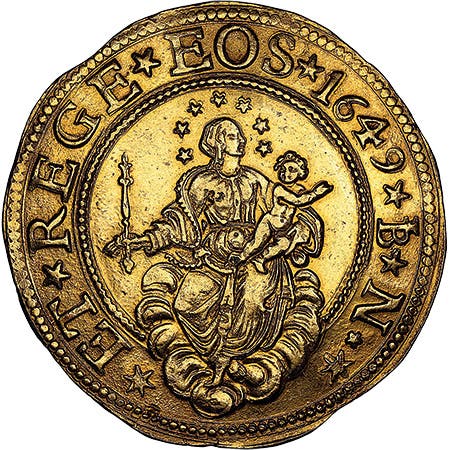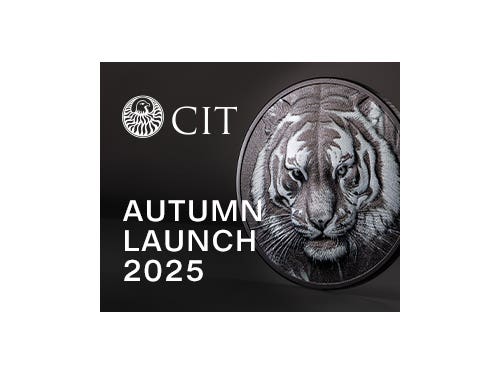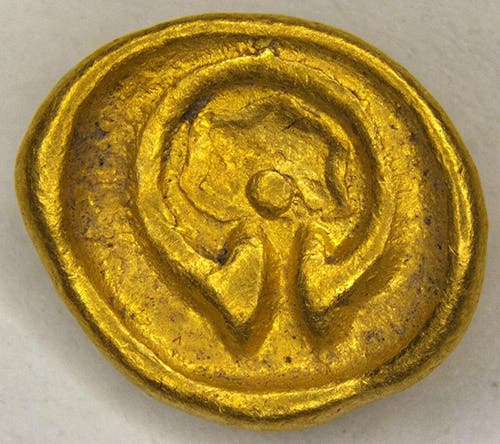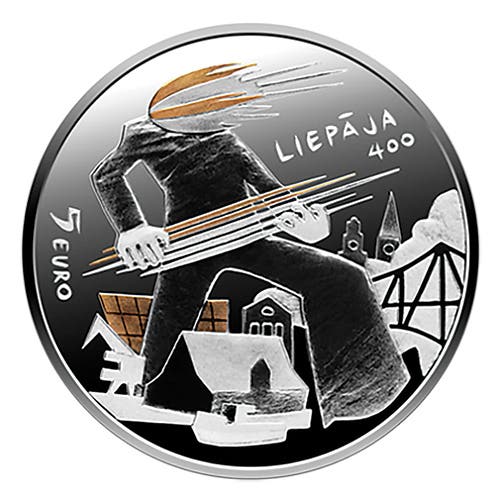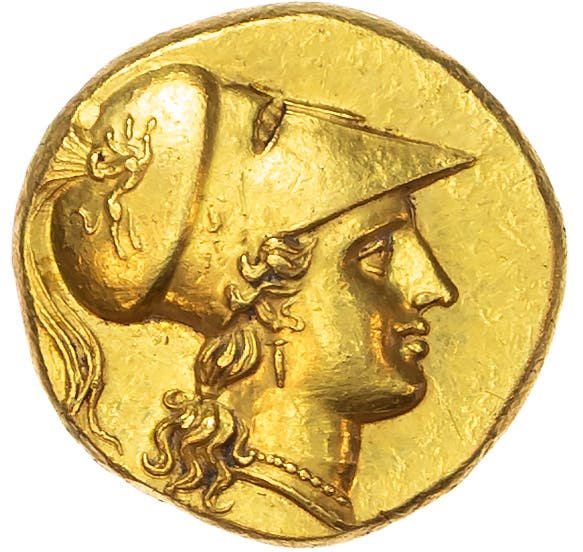Child’s toy money really gold rarity
A child’s treasure turns out to be real treasure. On Nov. 16 the British auction house of Boningtons will offer one of the country’s great coin rarities: a Queen Anne…
A child’s treasure turns out to be real treasure.
On Nov. 16 the British auction house of Boningtons will offer one of the country’s great coin rarities: a Queen Anne gold 5 guineas of 1703 that carries the magic word VIGO under her bust.
The staff at Boningtons is aware of just five previous sales of this coin over the past 50 years. No more than 15 examples are believed extant.
Boningtons’ coin specialist, Gregory Tong, was stunned when shown the coin by a man who had been given it as a little boy by his grandfather many years ago.
He was told: “My grandad had travelled all over the world during his working life and had collected many coins from the various countries he had been. He gave me bags of coins to play with (I was into pirate treasure) throughout my early years”
“As time passed these coins went back into bags and boxes and were forgotten about until I re-discovered them after my grandad passed away. I looked back through the coins – remembering the stories I made up about them when I was small – and then gave them to my own son to play with and put into his own treasure box. My little boy has been playing with this coin as I did all those years ago.”
The Royal Mint struck a series of VIGO coins in 1703 from bullion seized by an Anglo-Dutch fleet in Vigo Bay, north Spain. The combined fleet was on its way home after a disastrous attempt to capture the Spanish port of Cádiz in September 1702.
News was received that a Spanish treasure fleet were anchored in Vigo Bay under the protection of French ships-of-the-line. The Dutch commander, Philips van Almonde, pressed his British counterpart, Admiral George Rooke, to mount an attack.
The resulting battle was an overwhelming naval success for the Anglo-Dutch. All the French escorts and all the Spanish galleons and transports were captured or destroyed.
Despite much of the silver having been off-loaded prior to the battle the British were able to deliver 4,504 pounds 2 ounces of silver and 7 pounds 8 ounces and 13 pennyweight of gold to the Master of the Mint, Sir Isaac Newton. This is the bullion that was subsequently struck into a series of coins all of which bore the word VIGO under Queen Anne’s bust. The small amount of gold involved means all VIGO gold guineas are extremely rare.
The newly discovered example will go to the block with an estimate of £200,000-£250,000 [$240,000-$300,000]. Boningtons are hoping it will break their house record of £200,000 set by the sale of a painting by Sir Winston Churchill earlier this year. That expectation is not unrealistic. In December 2012 another auctioneer, Gorings, sold a VIGO 5 guineas discovered by a widow among her late husband’s belongings for £296,160.
Full details of the current auction can be found at http://www.boningtons.com.
This article was originally printed in World Coin News. >> Subscribe today.
More Collecting Resources
• More than 600 issuing locations are represented in the Standard Catalog of World Coins, 1701-1800 .
• Purchase your copy of The Essential Guide to Investing in Precious Metals today to get started on making all the right investing decisions.




